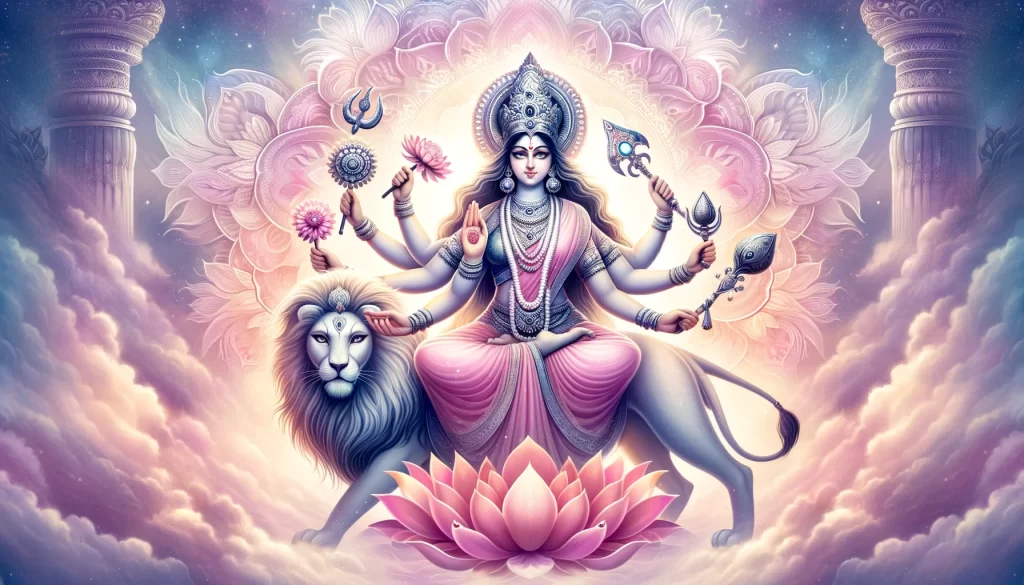The final day of Navratri is dedicated to Goddess Siddhidatri, the ninth form of Goddess Durga. She is revered as the provider of Siddhis, or supernatural powers, and is known to fulfill all divine aspirations.
Who is Goddess Siddhidatri? Goddess Siddhidatri is depicted sitting on a lotus or riding a lion, and she is often shown with four arms holding a lotus, mace, discus, and conch. Her appearance symbolizes the ultimate state of perfection and the attainment of spiritual fulfillment.
Symbolism and Significance Worshipping Goddess Siddhidatri on the ninth day of Navratri is believed to grant the devotees all eight Siddhis, offering a complete transformation of the soul and mind. She embodies completeness and mystical ability.
The Story of Siddhidatri According to Hindu mythology, even Lord Shiva obtained all his Siddhis by worshipping Goddess Siddhidatri. With her grace, he was able to create the universe. Her worship by all gods, goddesses, and saints bestows upon them the desired results.
Cultural Practices and Rituals On this day, devotees perform special pujas and Yagnas to honor Goddess Siddhidatri. Pink, a color denoting universal love and purity, is particularly associated with this day.
Contemporary Reflections In today’s context, Goddess Siddhidatri inspires us to achieve the highest form of spiritual energy and to seek fulfillment in our personal and professional lives. She encourages everyone to discover their true potential and powers within.
As we conclude our Navratri series, we invite you to reflect on the learnings and spiritual insights gained over the past nine days. Continue exploring the depth of Hindu culture and spirituality at Sanskriti Magazine.








